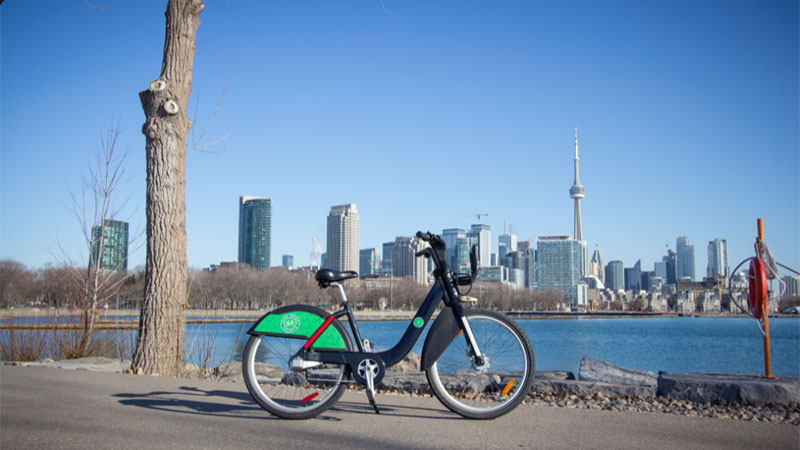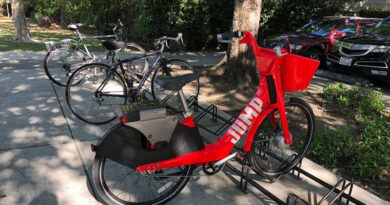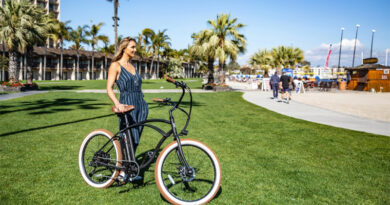Electric Bikes in Canada
Electric bikes are fast replacing traditional bikes in many countries around the world, however, it is in Canada where this phenomenon is actively taking shape. Owning an electric bike in Canada is quite easy, and some laws regulate their use similar to traditional bicycles.
According to Epic Cycles, electric bikes are also referred to as power-assisted bicycles and the laws governing their use are Federal Laws. However, each province can make certain alterations to fully reflect their specific needs. Unlike in other countries, Canadian laws do not impose plates, insurance, or even a license to operate and the rationale for this is because at the Federal level electric bikes are encouraged as a way to spur Canadian manufacturing and to reduce the use of fossil fuels.

Are Electric Bikes legal in all Canadian provinces?
The easy answer is no. Canada has thirteen provinces but electric bikes are only allowed in the following eight provinces: Saskatchewan, Nova Scotia, Alberta, Manitoba, New Brunswick, Quebec, British Columbia, Ontario, and Manitoba.
Safety is the main reason why some provinces have banned e-bikes since most of their terrain and traffic would accommodate e-bikes. Therefore at a federal level, e-bikes have certain economic benefits, but at a strategic level, they might negatively impact Canada’s reliance on fossil fuels.
Common Regulations across provinces
In all the provinces where e-bikes are legal, there is an output limitation of 500W, and should not exceed a speed limit of 32km/H. These limitations are designed to ensure e-bikes retain a high safety standard and to further protect the safety of pedestrians who might share the same spaces with these bikes. Furthermore, all riders must wear an approved safety helmet irrespective of where they are riding their bikes.
Classifications of E-Bicycles
The different regulations on e-bikes arise due to different ideas each province have on what an e-bike is. For some states, such as Toronto and Ontario, an E-bike is any electric-powered bicycle with a net weight of less than 120kgs. This weight limitation helps to differentiate an electric bike from other larger vehicles. In these provinces, there are distinctions between scooters, e-bikes, and mopeds.
In Toronto, e-bikes are also referred to as pedelecs, and these refer to any vehicle with the following features: Handlebars, a speed limit of 32km/h, working pedals, and an electric motor with an output of less than 500W.
Scooters are not viewed as Pedelecs because they can have speed limits of over 32km/h and in some instances have an output of more than 500W.
For this reason, they are not allowed on multi-use trails or cycle tracks. This limitation is not present in the city of Calgary where the rules are slightly different. In Calgary, e-bikes have to follow the same rules as motor vehicles and therefore can use bike lanes but have to adhere to the speed limits. Calgary also expects riders to have a bell and an at least one working brake on all bikes, failure of which attracts a hefty fine.
One more interesting fact about Calgary is that riders are expected to be predictable on the road or walkways. Pedestrians always have a right of way unlike in other provinces where pedestrians have to give all vehicles the right of way for their safety. Needless to say, Calgary imposes hefty fines for infractions such as a $100 fine for not giving pedestrians a right of way or refusing to yield before entering a pathway or walkway.
Change limitations in E-Bike regulations
Different provinces have set the minimum age for e-bike users. In Ontario, the minimum age for riding an e-bike is 16 years, whereas in Calgary it’s 18 years. There is no rationale for this disparity other than cultural influences from the French and English sectors of Canada. In Quebec, riders over the age of eighteen do not require a license; however for those between fourteen and seventeen, there is a requirement of a Class 6D license that authorizes them to operate a scooter, e-bike, or moped.
Vehicle Class Limitations
The class of a motor vehicle determines its weight, speed, and watts produced. The distinction between vehicle classes is not so important in some provinces as it is in British Columbia province. There is a common understanding that the primary need for these classes is to ensure uniformity in manufacture and regulations.
It is important to know how each province classifies these different classes and the rationale behind each distinction. Bikes are classified into three distinct classes, each with its own rules and regulations.
The first class is class 1 e-bikes which are smaller and have less output. These bikes can ride on a bicycle path, walkway, park trails or anywhere mountain bikes would be allowable. They normally have a top speed of 20 miles per hour and the motor only works when the rider is pedalling.
Class 2 e-bikes on the other hand also have a limit of 20 miles per hour, but the difference is that the throttle works even when the rider is not pedalling. Most bikes offer both pedal-assisted throttling and a standby throttle, meaning they have a battery to store excess power.
Class 3 bikes on the other hand can go as much as 28 miles per hour even on-road lanes. However, most provinces do not allow class 3 bikes on the bike and pedestrian walkways. Class 2 and 3 bikes are capable of providing pedal-assisted throttling as well as standby power and are therefore considered motorized according to PCRA regulations.
Some e-bike enthusiasts have learned to unlock speed limitations and this is a serious offense in some provinces. For example, in New Brunswick, any speed over 32 km/hour will land a fine of over $100, and any bike with such modification would likely lead to confiscations.
Overall, Canada remains one of the few countries with active policies supporting electronic bikes as a way to reduce dependence on fossil fuels and a means of decongesting. The most important thing to note is that all motorists have to retain the highest degree of respect, courtesy and ensure to remain predictable on the road.



